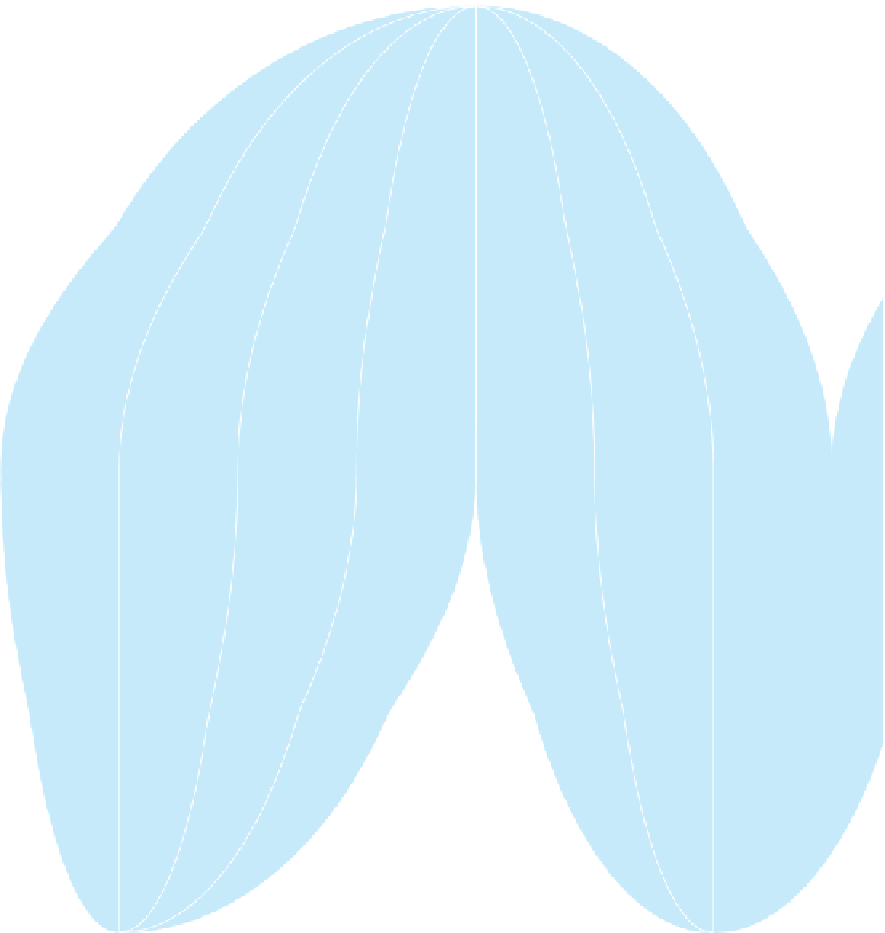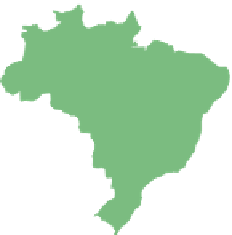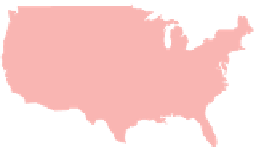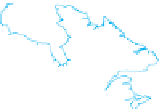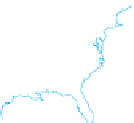Geography Reference
In-Depth Information
GREENLAND
U.S.
(Alaska)
60
°
CANADA
40
°
40
°
UNITED STATES
ATLANTIC
BERMUDA
OCEAN
BAHAMAS
CUBA
MEXICO
Tropic of Cancer
DOMINICAN
REPUBLIC
PUERTO
RICO
20
°
20
°
20
°
JAMAICA
BELIZE
U.S.
(Hawai'i)
HAITI
HONDURAS
NICARAGUA
2011 MOTHERS'
INDEX
GUATEMALA
BARBADOS
TRINIDAD & TOBAGO
EL SALVADOR
PACIFIC
COSTA RICA
PANAMA
VENEZUELA
COLOMBIA
SURINAME
MORE DEVELOPED COUNTRIES
Above the mean of
more developed countries
Below the mean of
more developed countries
FRENCH GUIANA
GUYANA
Equator
0
°
ECUADOR
OCEAN
PERU
BRAZIL
LESS DEVELOPED COUNTRIES
Above the mean of
less developed countries
Below the mean of
less developed countries
BOLIVIA
20
°
20
°
20
°
PARAGUAY
Tropic of Capricorn
ARGENTINA
CHILE
LEAST DEVELOPED COUNTRIES
Above the mean of
least developed countries
Below the mean of
least developed countries
URUGUAY
40
°
40
°
40
°
40
No data
160
°
140
°
120
°
80
°
60
°
40
°
60
°
60
°
60
°
60
°
SOUTHERN
OCEAN
0
1000
2000
3000 Kilometers
0
1000
2000 Miles
Figure 2.20
The Mothers' Index, 2011.
Save the Children calculates the mothers' index annually, based on
13 indicators, to gauge the overall well-being of mothers and their children by country.
Data from
:
Save the Children.
Infl uence on Health and Well-Being
Health and well-being are closely related to location and
environment. People who live in Iceland (where mosqui-
toes are rare) do not need to worry about contracting
malaria, unless they travel to parts of the tropics where
malaria prevails. People who live in close proximity to
animals, including livestock, run a greater risk of catching
certain diseases than do people who live in cities. When an
outbreak of a particular disease occurs (for example “bird
fl u” in East Asia), its source and diffusion are studied by
specialists in medical geography.
Medical geographers study diseases, and they also
use locational analysis to predict diffusion and prescribe
prevention strategies. A medical geographer can answer
questions such as: Where is the bird fl u most likely to dif-
fuse and under what time line if an outbreak occurs in
New York City? If a country receives enough funding to
build 25 clinics for people in rural areas, where should
these clinics be located so as to allow a maximum of
patients to be able to reach them?
Diseases can be grouped into categories to make it
easier to understand the risks they pose. About 65 per-
cent of all diseases are known as
infectious diseases
,

